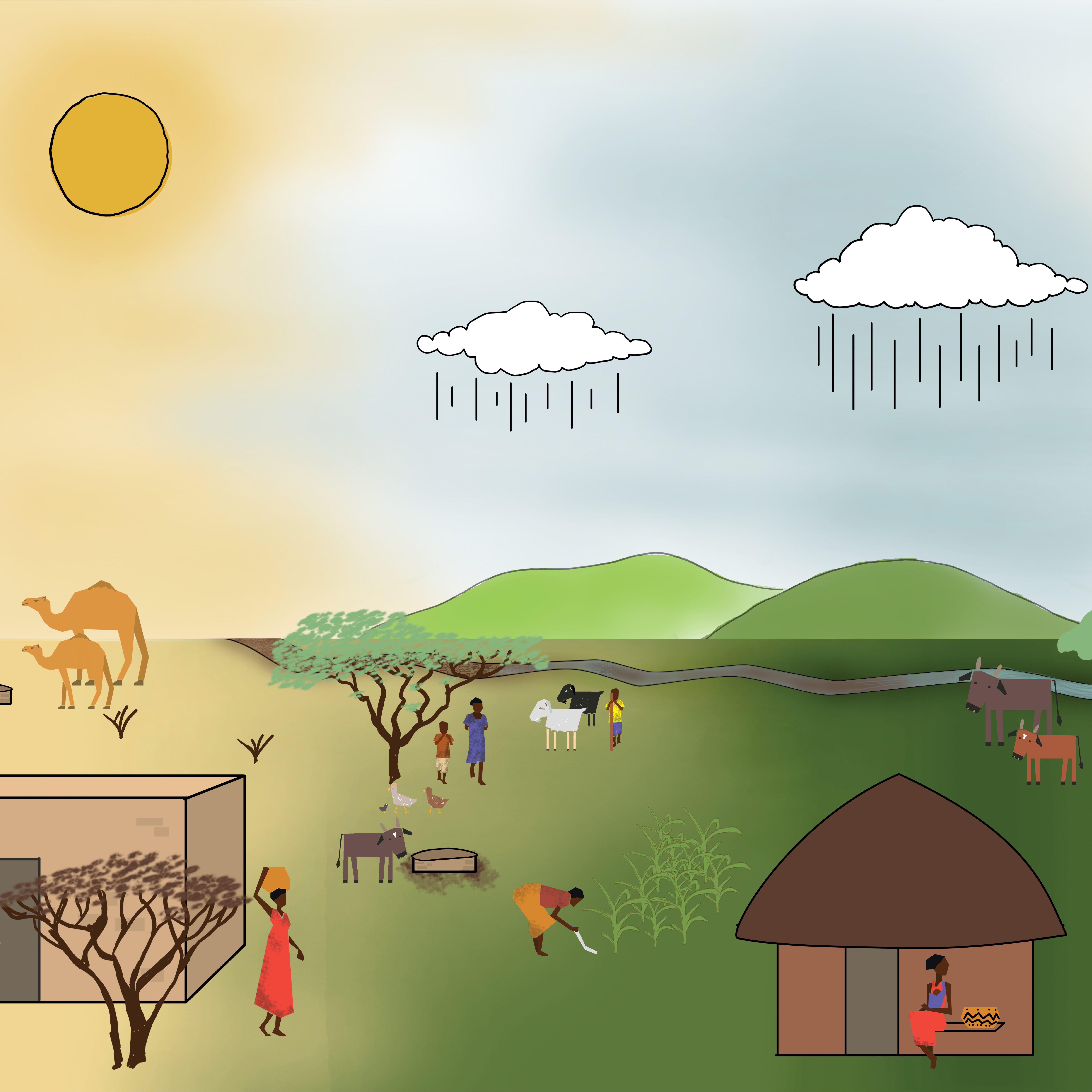Nutrition in Africa’s drylands: updating the conceptual framework for addressing acute malnutrition
The UNICEF conceptual framework of the causes of malnutrition has been widely adopted across both development and humanitarian spheres. However, there are key elements of the framework and its application that require urgent re-emphasis and updating. There are also significant gaps in the framework itself and the way that it has been applied related to the systemic drivers of acute malnutrition. These gaps limit the framework’s power to correctly discern the drivers of acute malnutrition, especially in relation to Africa’s drylands. Forty-three percent of the world is classified as drylands.
This project undertakes a process to review and update the generally accepted conceptual framework. It emphasizes the application of the framework in Africa’s drylands as part of a participatory process to develop more appropriate, effective, and sustainable strategies to address malnutrition. We explore these updates through a variety of forums.

Nutrition in Africa’s drylands: a conceptual framework for addressing acute malnutrition
This brief reviews and updates the generally accepted conceptual framework of drivers of acute malnutrition in Africa’s drylands, where emergency levels of global acute malnutrition stubbornly persist.

La nutrition dans les zones arides africaines : un cadre conceptuel pour lutter contre la malnutrition aiguë
Le présent document d’information examine et met à jour le cadre conceptuel généralement accepté des moteurs de la malnutrition aiguë dans les zones arides africaines, où continue d’exister obstinément un niveau critique de malnutrition aiguë globale.
FAO and Tufts co-hosted a technical series in October and November 2020 to review the basic drivers of malnutrition in Africa’s drylands and discuss an adapted conceptual framework for addressing acute malnutrition in Africa’s drylands.
Visit the series website for background on the series, welcome videos, recording of the events, and opportunities to get involved.
Panel 1: Basic drivers of acute malnutrition: environment and seasonality
Panel 2: Basic drivers of acute malnutrition: systems and institutions
Panel 4: Next steps: how can the drivers of persistent malnutrition shape the response?

